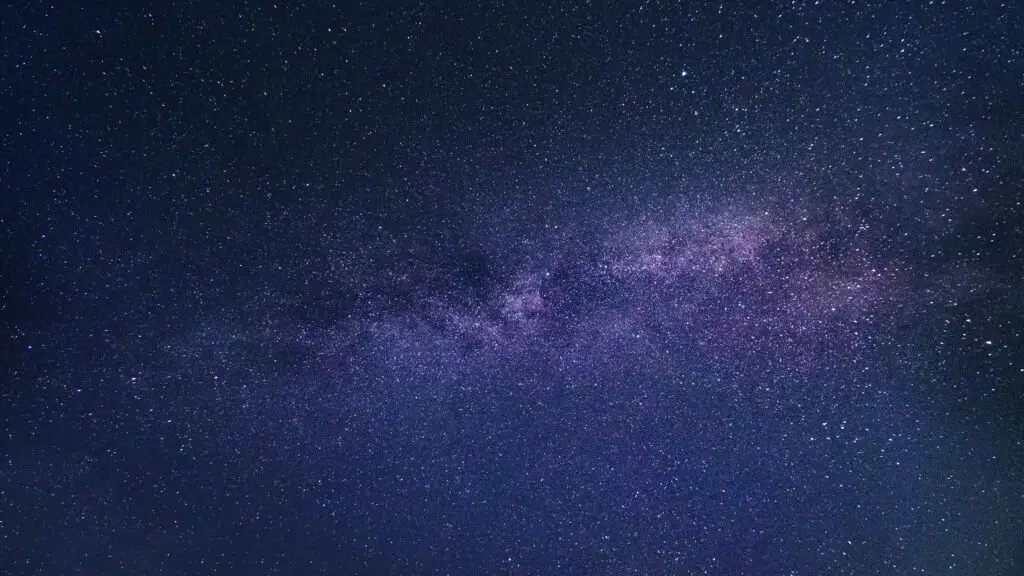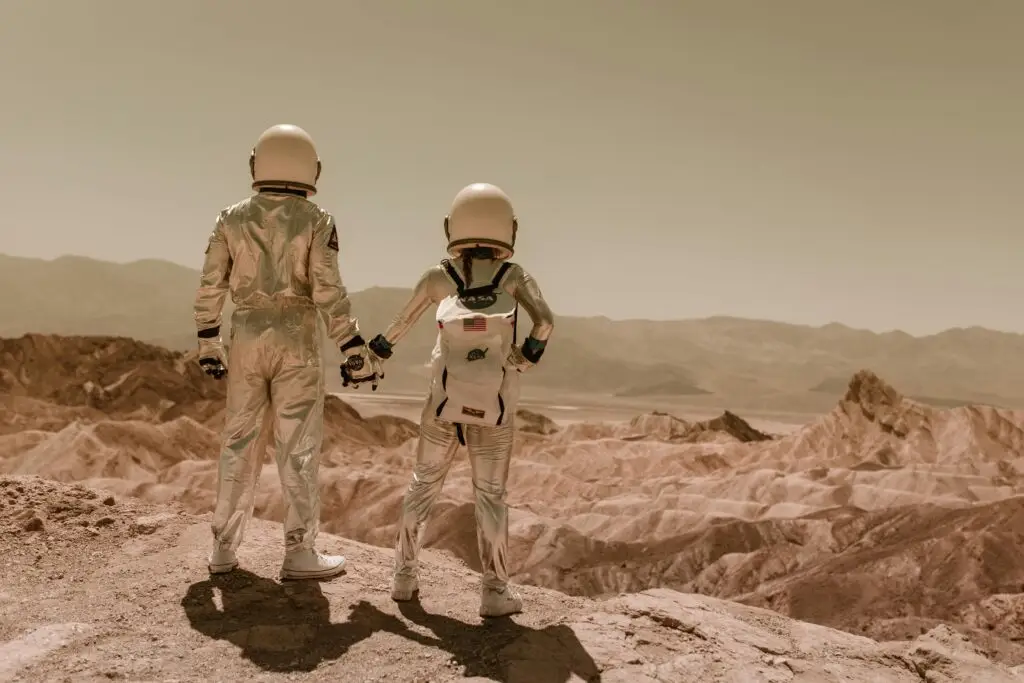Evolution in Action: How Life Adapts Around Us

Did you know that evolution isn’t just a relic of the past? It’s happening all around us, shaping the world in fascinating ways. From tiny microbes to majestic elephants, life is constantly adapting. And while we often think of evolution as a slow process taking millions of years, some changes are unfolding much faster than we might expect. In this blog, we’ll explore real-world examples of evolution happening right now, revealing nature’s incredible ability to adapt and survive in a rapidly changing world.
Antibiotic Resistance: The Bacteria Battle
Why do doctors always insist we finish our antibiotics? The answer lies in evolution. Bacteria are remarkable at adapting. When we don’t take the full course of antibiotics, some bacteria survive and evolve resistance to the medication. These resistant strains multiply, creating infections that are harder to treat. This is evolution happening before our very eyes, a stark reminder of how quickly life can adapt when under threat.
Wildlife in the City: Urban Evolution
Cities are bustling, chaotic places, yet many animals are rising to the challenge. Pigeons have mastered the art of city living, deftly navigating traffic and finding food in the most unexpected places. In polluted rivers, certain fish have evolved to tolerate toxins that would have once been deadly. These are just a few examples of urban evolution, showing how wildlife is adapting to environments that differ drastically from their original habitats.
Learn more about the SMART method.
Pests and Pesticides: A Farming Challenge
In the battle between farmers and pests, evolution is the insects’ greatest weapon. When pesticides are used, some insects inevitably survive, passing their resistance on to the next generation. Over time, these ‘super bugs’ become more common, forcing farmers to find new ways to protect their crops. This ongoing evolutionary arms race is a constant challenge in agriculture, illustrating the resilience and adaptability of even the smallest creatures.

Climate Change and Animal Adaptations
As climate change accelerates, animals are being forced to adapt rapidly. Birds are altering their migration patterns, and some species are breeding earlier in response to shifting seasons. Polar bears, whose icy hunting grounds are disappearing, are adjusting their diets to survive. These quick adaptations show how evolution is responding to the dramatic changes in our global climate, though not all species will be able to keep pace.
Humans Evolving Too
You might think humans are done evolving—but we’re not. A prime example is our ability to digest milk. In populations with a long history of dairy farming, a genetic mutation allowing adults to digest lactose spread rapidly. This is a modern evolutionary adaptation. Additionally, our interaction with technology and changes in our environment may be subtly influencing our evolution in ways we’re only beginning to understand.
What’s Next for Evolution?
The future of evolution is as unpredictable as it is exciting. Climate change, technological advancements, and even space exploration will undoubtedly shape life in ways we can’t yet foresee. Gene editing technologies like CRISPR could allow us to steer evolutionary changes deliberately, raising profound ethical questions. How we choose to wield this power will define the future of life on Earth—and beyond.

Conclusion
Evolution is far from a thing of the past; it’s an ongoing process that’s shaping life all around us. From the bacteria in our bodies to animals adapting to city life, nature is constantly evolving to meet new challenges. By observing and understanding these changes, we can better appreciate the resilience and ingenuity of life. What examples of adaptation have you noticed in your local environment? Share your observations in the comments below!